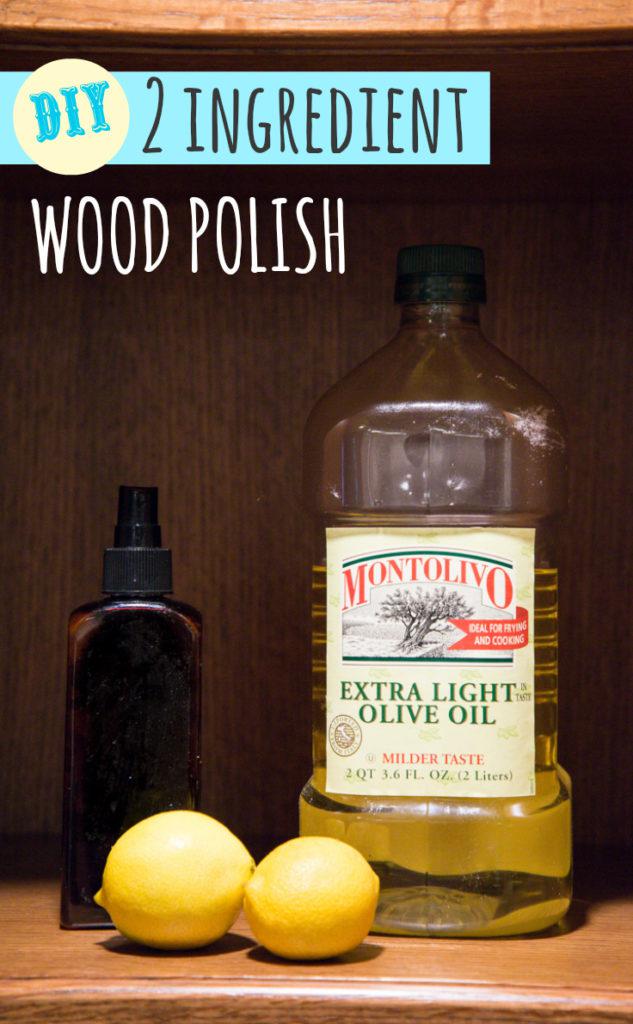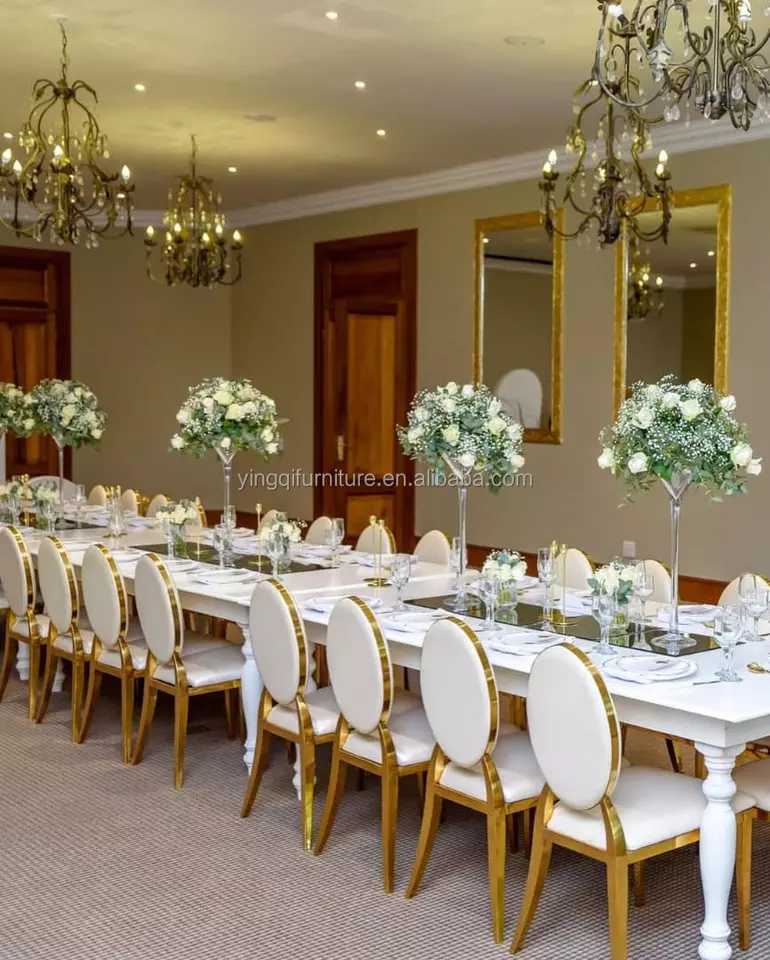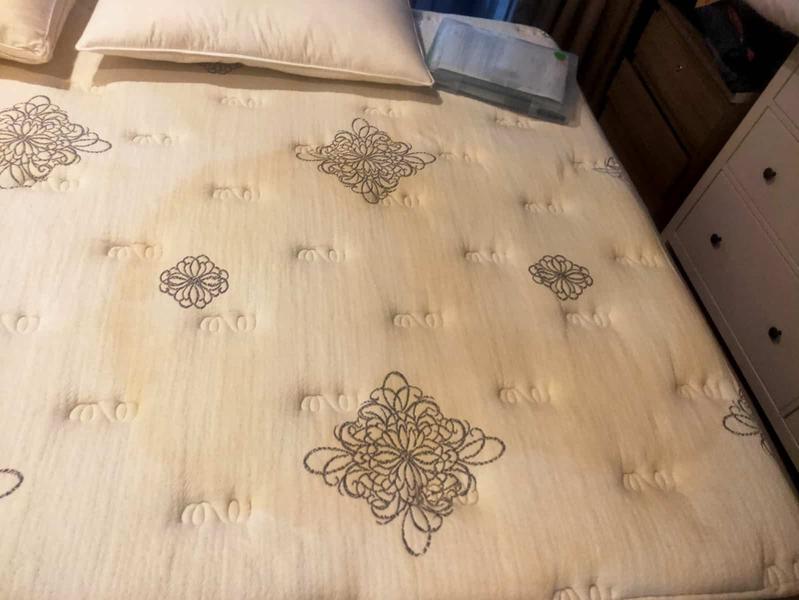How To: Make and Apply Your Own Homemade Furniture Polish
Photo: shutterstock.com
Wood furniture is no small investment. In covering the expense, we are comforted knowing that what we are buying can last a lifetime or longer. For that to be true, however, a modest degree of care is required. The benefit of polishing is twofold: Not only does it add shine to the wood surface in the short term, but it also prevents the wood from drying out and becoming brittle, which benefits the piece over the long haul. Of course, anyone can buy a product in the local hardware store, but homemade furniture polish is so easy to make that you might consider spending your money, not on polish, but on more furniture!
Homemade Furniture Polish (Unscented)
You will need:
– Oil (preferably pomace or jojoba)
– White vinegar

Mix either pomace or jojoba oil (both of which are cheap, non-food-grade oils that have long shelf lives and little color) with white vinegar. A ratio of around ¼ cup of oil to a few drops of vinegar is standard, but you can vary the amounts to experiment with the consistency of the polish. The more oil you add, the more lubricating the polish. Just know that using too much oil can leave the homemade furniture polish a bit oily to the touch.
Increasing the amount of vinegar gives the final product a sharper scent and improves its cleaning ability.
Photo: istockphoto.com
Homemade Furniture Polish (Lemon Scented)
You will need:
– Lemon oil
– Squeezed lemon
– Oil (preferably olive or jojoba)
Make a small amount of scented polish using 2 tablespoons of lemon juice, 2-3 drops of lemon oil, and 2-3 drops of oil (again, we suggest pomace or jojoba oil for their long shelf lives and colorlessness). Combine the ingredients well to make a homemade furniture polish that leaves a lingering citrus scent. You can double or triple the batch depending on the size of your project.
AdvertisementPhoto: shutterstock.com
Applying Homemade Furniture Polish
Simply dip a soft cloth into the homemade furniture polish, using the moistened cloth to rub down your wood furniture, always in the direction of the grain. You should see the furniture start to regain its luster almost immediately. So as not to miss a spot, be certain to rub the polish thoroughly into any intricately carved areas. Once finished, leave the wood to air dry.
Further Notes
Before you polish, check the wood for any water marks; these often appear as white spots or rings from where a hot plate or a cool glass sat on its surface. One popular method of removal involves a little mayonnaise. Squirt a dot of the real, full-fat variety—not a light version or a mayo substitute—and gently rub it into the stain. Let the condiment sit for 15 minutes (or a few hours, if it’s a stubborn spot), then wipe it away. The mayonnaise should pull the moisture out of the wood’s surface. When the wood is clear again, proceed to polish the table in the manner described.
AdvertisementCopyright © 2023 furnitureknowledges.com. All rights reserved.







